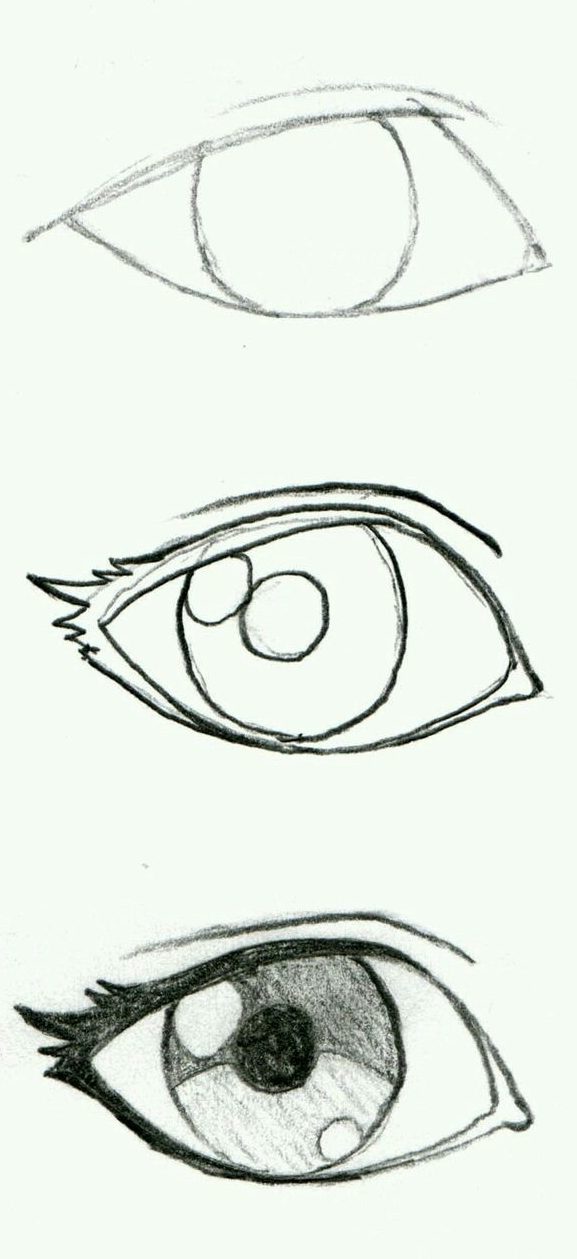You can study how to draw a seashore
Table of Contents
Table of Contents
If you’ve ever admired a breathtaking seashore and wished you could capture that beauty on paper, then this post is for you! Whether you’re an amateur artist or a professional, drawing a seashore can be challenging, but with some tips and tricks, you can easily learn how to create a stunning masterpiece.
Many aspiring artists struggle with understanding how to depict the ever-changing and complex nature of the seashore, such as waves, sand, and reflections. Additionally, many individuals struggle with capturing depth and perspective in their artwork.
The key to drawing an impressive seashore is to start with a basic outline and gradually build on the details. Begin by sketching an outline of the seashore, including the horizon line, shoreline, and waves. Next, add details such as shells, rocks, and other natural features to create texture and dimension.
In this post, we’ll cover the best tips and techniques for drawing a seashore, including shading, depth, and color. By the end of this guide, you’ll have a better understanding of how to create stunning seashore drawings that will catch anyone’s eye.
How to Draw Seashore: An Introduction
When I first started drawing seashores, I found it challenging to create an accurate depiction of waves and sand. However, with some practice and research, I learned that the key to drawing a realistic seashore was to understand the varying shades and tones found in the environment.
To begin, I recommend researching natural seashore images to gain inspiration and ideas for your artwork. Pay attention to the shapes and lines that make up the seashore and note the direction of the waves and sand. Sketch out a rough outline of the image, then begin adding details and shading to create depth and dimension.
Steps to Drawing a Seashore
First, begin by lightly drawing a horizon line with a pencil. Next, draw a curved shoreline that meets the horizon line. Then, draw a few small waves to indicate the direction of the tide. To add texture, consider adding details such as rocks, shells, or driftwood.
Next, begin adding shading to create depth and dimension in your drawing. For example, use darker lines and shading to indicate shadows and crevices in the rocks or the reflection of the seashore in the water. Throughout the process, keep in mind the direction of the light source and adjust your shading accordingly.
Creating Depth in a Seashore Drawing
Depth is perhaps one of the most crucial aspects of drawing a seashore, as it creates a sense of realism and believability in the artwork. To create depth, use shading to depict the areas of the seashore that are closer to the viewer versus those farther away. Use lighter lines and shading to indicate areas farther away, such as the horizon line, and darker lines and shading for the areas closer to the viewer, such as the sand or rocks in the foreground.
Using Color in Seashore Artwork
The use of color can add a beautiful touch to any seashore drawing. Pay close attention to the tones and hues found in nature, such as the blues and greens in the water, the tans and oranges in the sand, or the grays and browns in the rocks. Use a variety of colored pencils or watercolors to add these tones to your artwork, remembering to blend the colors to create a harmonious look.
Tips for Drawing Waves in a Seashore
Waves are one of the most challenging aspects of drawing a seashore, but with some practice, it can be done. To create an accurate wave, begin by drawing the outline of the wave with a pencil, then use light shading to depict the folds and shadows. Add some white highlights to the top of the wave to create a sense of motion and depth.
Question and Answer
Q: What is the best type of paper to use for seashore drawings?
A: It is recommended to use a heavier paper that can handle multiple layers of shading and detail. Watercolor paper, Bristol board, or mixed media paper are excellent options for seashore artwork.
Q: Can I draw a seashore using only a pencil?
A: Absolutely! A pencil is a great tool for outlining and creating texture. However, if you want to add color or depth, consider using colored pencils or watercolors to add variety to your artwork.
Q: How do I add reflections to my seashore drawing?
A: To add reflections to your drawing, use light shading and highlights to create a mirrored effect of the seashore on the water’s surface. Pay attention to the direction of the light source when adding reflections.
Q: How do I draw sand dunes?
A: When drawing sand dunes, consider using soft, rounded lines to depict the curves and shapes of the dunes. Use light shading to create a sense of texture and depth, and add small details such as tufts of grass or rocks to create an authentic look.
Conclusion of How to Draw Seashore
Drawing a seashore requires patience, practice, and attention to detail. By using the tips and techniques outlined in this guide, you can create a stunning seashore drawing that will leave others in awe. Remember to take your time, pay attention to the details, and have fun with your artwork!
Gallery
You Can Study How To Draw A Seashore - YouTube

Photo Credit by: bing.com /
How To Draw Seashore And Palm Tree - Part 1 - YouTube

Photo Credit by: bing.com / beach sunset sketch palm tree draw seashore drawn sketches paintingvalley
How To Draw A Scenery Of Sea Beach Step By Step (easy Draw) - YouTube

Photo Credit by: bing.com / draw
Seashore Drawing | Sea Pencil Drawing | Pencil Sketch - YouTube

Photo Credit by: bing.com / seashore
Sketch Sea Beach Drawing : 1280 X 720 Jpeg 156 кб. - Pic-flow

Photo Credit by: bing.com /






